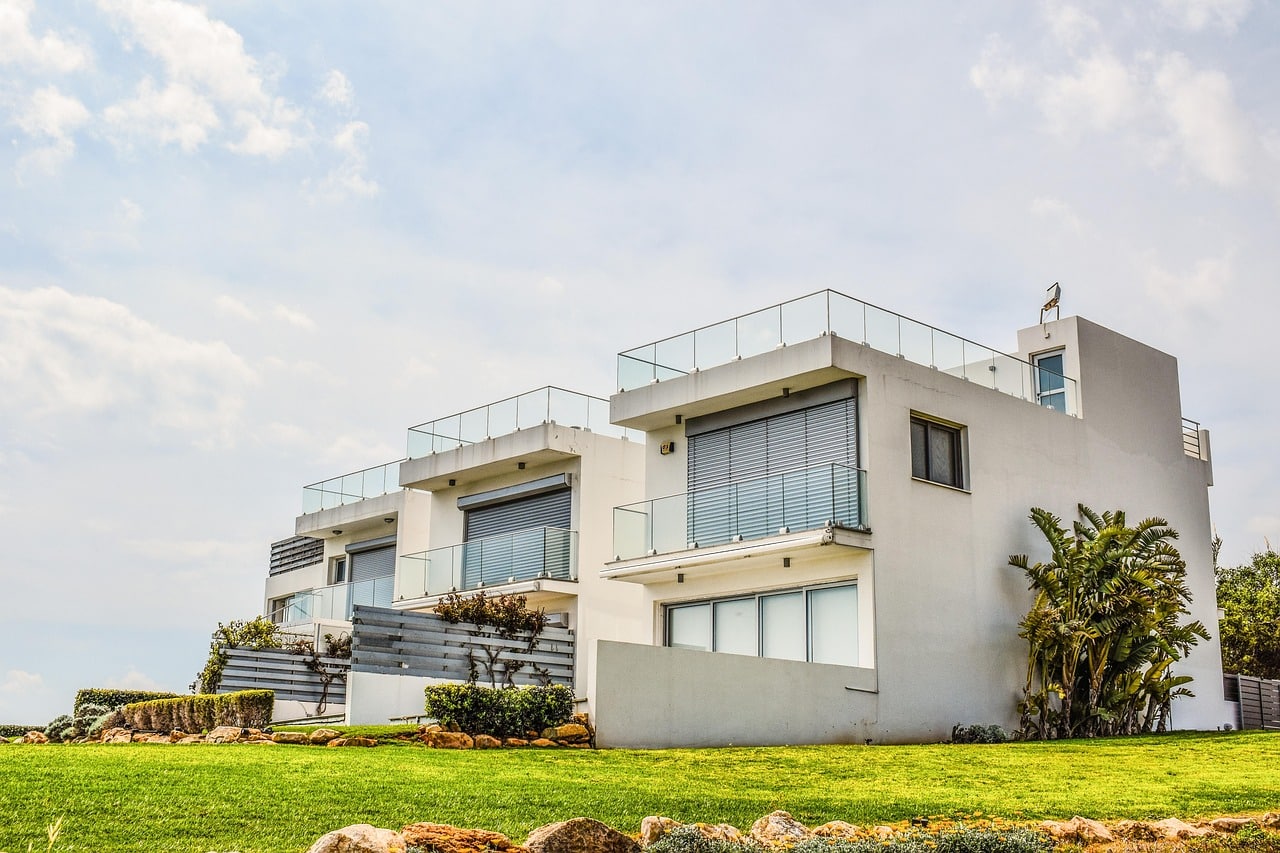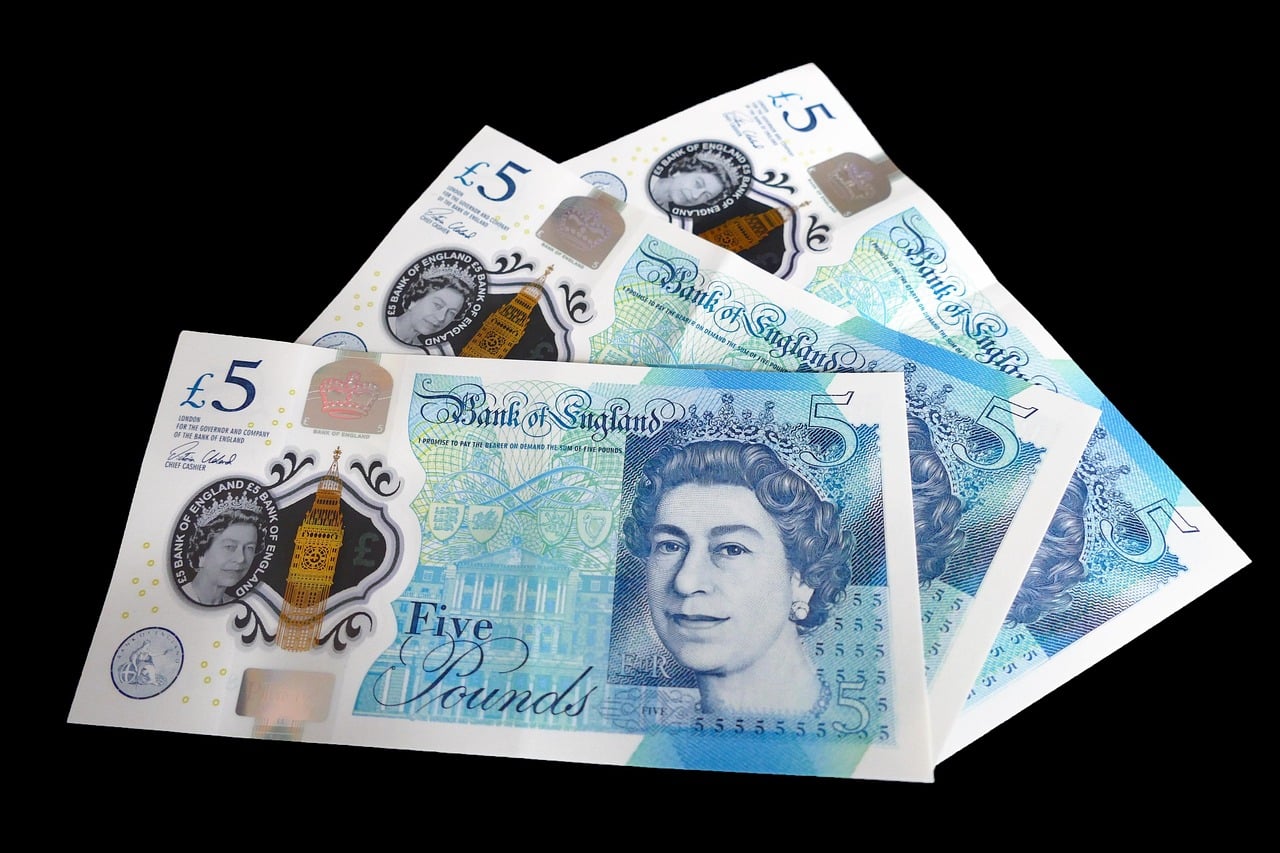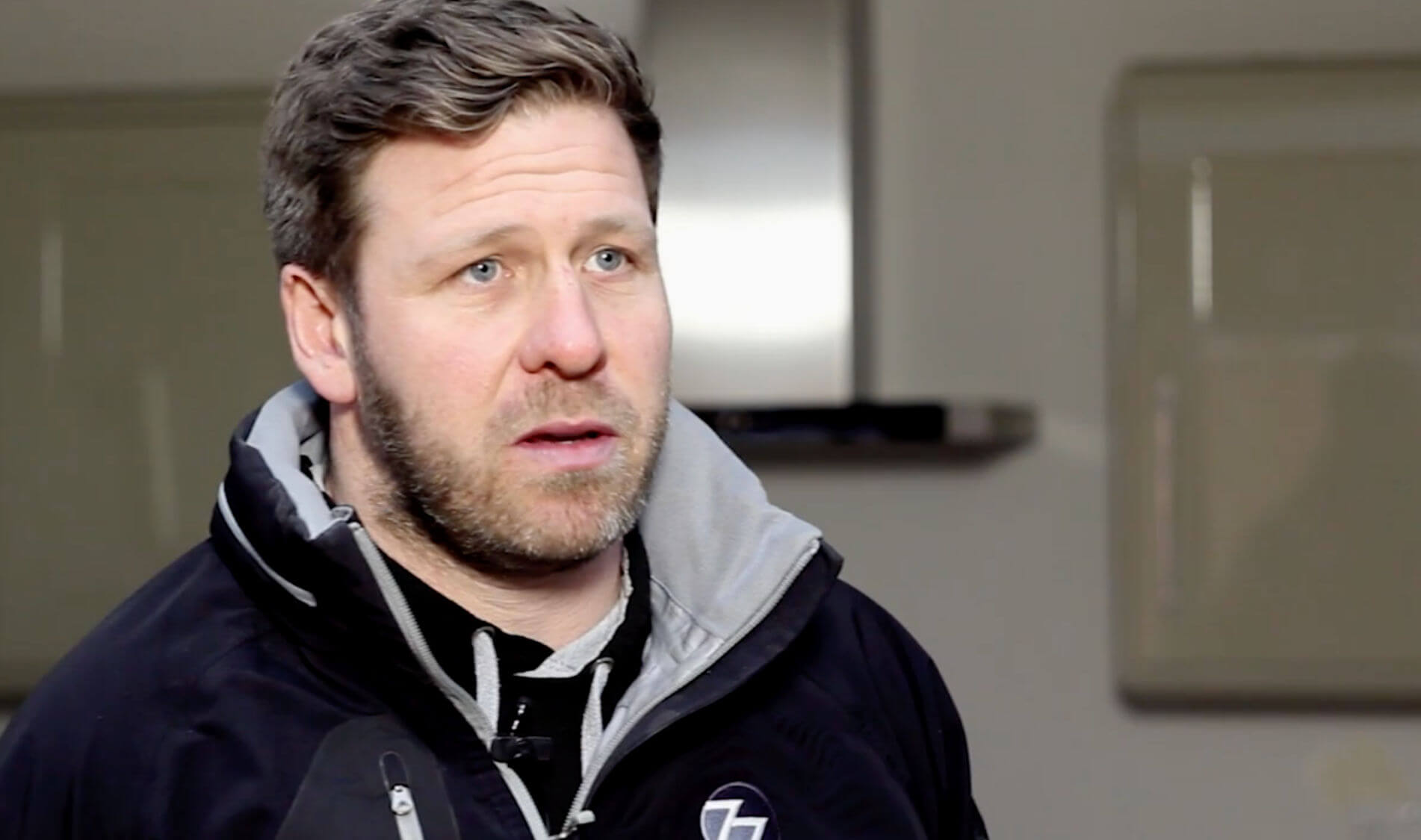We’ve written before about the regulations involved with building within the South Downs National Park, but what about some of the other considerations and information you might need to know?
Is the planning process different? Are there any quirks in the local market that may impact your design choices and target buyer? What are some of the most desirable areas of the already desirable national park?
Well, we’ve been helping property developers in the South East complete successful projects for years, including within the confines of the park, so this guide is to help you. We’re going to share our insider knowledge alongside official guidance to help you plan your South Downs project.
The South Downs Property Planning Process
Location
As we’ve outlined the planning regulations in more detail previously, we’ll start by outlining the process involved in bringing your proposed project to reality.
Firstly, it’s important to remember that any proposed development will fall under the South Downs National Park Authority (SDNPA) jurisdiction, even if you also come under a different council.
For example, if you’ve found a site in Brighton and Hove, but it is also within the bounds of the national park, all applications must go through the SDNPA for approval. You can check your address on their website using the Do I live in the National Park? tool.
Consult the South Downs Local Plan
The South Downs Local Plan contains specific policies and guidance for development within the park, that take into account the landscape character, biodiversity, cultural heritage, and local housing needs in a given area.
At this stage, we also recommend reviewing and making use of the pre-application advice services on offer from the SDNPA which may help your application. The park also has public records where you can view current and previous planning applications. Understanding these may help you determine the types of properties that have been approved, and that haven’t, in the past, to give yourself the best chance of success.
South Downs Permitted Development Rights
It’s important to remember that even if you’re not doing major renovations or developing a site from scratch, it’s almost certain you’ll need planning permission to undertake even minor alterations or extensions.
Unlike less restricted areas, the Permitted Development Rights don’t apply within the South Downs. This means that work such as changing windows, certain building works, or even installing solar panels may need permission.
The South Downs Property Market
Research by Savills suggests that around 113,000 people live within the park boundaries, and another 2 million live within 5km, in major urban areas such as Eastbourne, Brighton & Hove, Worthing, Chichester, and Winchester.
Unsurprisingly, the South Downs is a desirable place to live, and house prices reflect that. For example, the average property price in June 2025 was £535,540, up by 9.4% in the last decade
Within the park, there are four market towns; Petworth, Midhurst, Petersfield and Lewes, which may represent excellent opportunities to target the family demographic, which tends to be the biggest market. In fact, Savills suggest that “For a good-sized, detached family home with outside space in one of the sought-after areas of the park, you’d be looking to spend around £1.5m”
Families are often attracted by the excellent schools, good transport links to major cities such as London, Portsmouth and Southampton, tranquil lifestyle and picturesque countryside. If developers can find the right site and develop a property that meets their needs, they stand a good chance of making a healthy profit.
Countryside Retreats
Alongside family homes, large rural property developments such as barn conversions or building on brownfield or greybelt sites may also represent profitable opportunities.
Many people are drawn to the South Downs because of the rolling countryside, quaint villages and access to nature, so prospective developers should keep an eye on land sales and auctions, identify agricultural properties and explore options to convert or extend existing homes.
According to Strutt & Parker, the South Downs is a popular location for people looking to escape the capital and/or purchase a second home, and this market will often have the purchasing power to choose a high value property, which also represents an opportunity for developers.
Securing Development Finance in The South Downs
Property development in the national park can be costlier and more complex, due to the extra regulations that need to be considered. However, there are also excellent opportunities to make profit for those up to the challenge. If you’re looking for property development finance, and need a local partner with experience working with people like you, don’t hesitate to contact us.
We’re always eager to work with new and experienced developers, and can often provide an agreement in principle within seven days. Want to discuss a potential project? Get in touch today!






